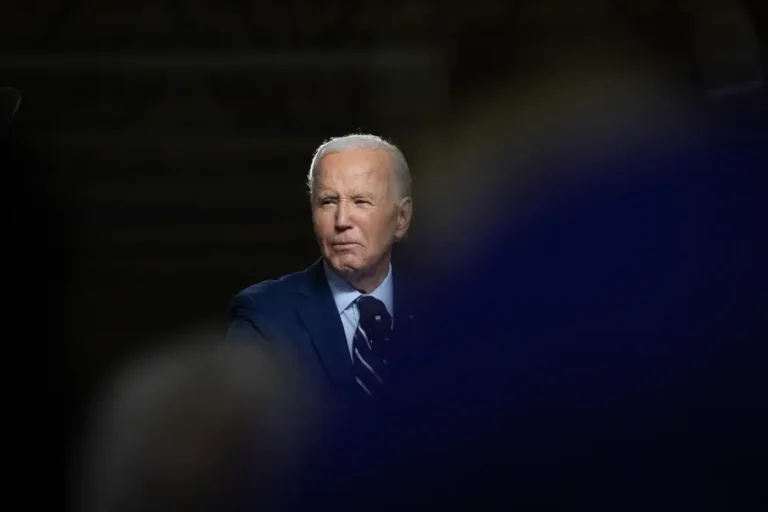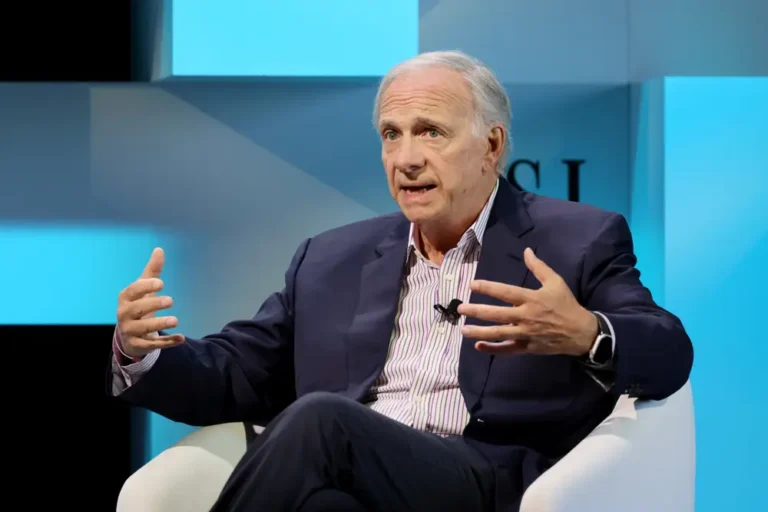A millionaire who retired at 36 shares the top 4 funds he’s holding, the ones he’s sold due to high fees, and the stock up 1,000% in the last 10 years that’s yielded him the most gains

- Michael Quan had been saving for early retirement since the age of 22.
- He began by investing in stocks and funds with higher fees.
- He gradually began to move his allocation to diversified funds with lower expense ratios.
Michael Quan has been out of the workforce since the age of 36. The 46-year-old left his day job as an IT consultant in 2013 with a net worth of $1.28 million and a $110,000 cash cushion from the sale of his IT firm.
Quan’s early retirement was not an accident, nor was it a hasty decision made after he sold his company. He had wanted to break free from the 9-to-5 grind since his early twenties, after seeing several of his uncles achieve financial independence and retire in their thirties. Knowing it was possible motivated him to begin working toward that goal.
At the age of 22, while working as a network administrator, he began saving and investing in a 401(k), intending to build a portfolio large enough to cover his expenses.
He began by purchasing funds from his retirement account that he had access to. As part of his investment strategy, he also purchased individual stocks, including those that paid dividends.
From his early choices, he came to two major realizations.
First, some of the funds he invested in, such as the Capital World Growth and Income Fund-A (CWGIX) and the American High-Income Trust-A (AHITX), had high fees. And, while they may appear to be a small percentage at first, he claims that over a decade, they can add up to a six-figure cost. Instead, he started purchasing through Vanguard and iShares.
CWGIX has a 0.76% expense ratio and an AHITX of 0.69%. According to the Investment Company Institute, the average for equity mutual funds in 2022 will be 0.44%.
Quan also noticed that his attempts at stock selection were not putting him ahead because his gains did not outperform the market. Quan’s choices became more discerning by 2016. While he still desired a diversified portfolio, he preferred funds that could provide exposure to various types of stocks and international markets on his behalf while also charging lower fees.
“The idea was to get a really balanced portfolio with a mix of developed markets, S&P 500, emerging markets, and just the overall stock market,” Quan explained.
Holdings
His top fund in terms of dollar value is the Vanguard FTSE Developed Markets ETF (VEA), which invests in securities from Canada, Europe, and Japan. Gaining exposure to this fund helps to balance his exposure to US stocks from a few funds he holds.
His next largest holding is the iShares Core S&P 500 ETF (IVV). This fund tracks the S&P 500 index, giving him access to 500 of the largest companies in the United States.
The iShares Core MSCI Emerging Markets ETF (IEMG) is his third-largest holding. This fund exposes him to emerging markets, or countries with developing economies on the verge of becoming developed. He invests in this fund to diversify his exposure to developed markets. It also opens up the possibility of additional opportunities for growth. However, it comes with increased risk, according to him.
Coca-Cola Consolidated Inc. (COKE), the bottling company, is his fourth-largest holding. He initially chose the company because he drank a lot of their products and wanted to invest in something he cared about. He was dollar-cost averaging, buying $5 to $10 worth of shares every week.
He chose not to sell COKE to avoid capital gains taxes when selling his single stocks because it had risen more than other stocks. However, he stopped purchasing additional shares in 2013. He had been buying stock in the company since 2002. It had been his biggest gainer, much to his surprise, and its large position in his portfolio was due to the gains it had accumulated. Since he stopped purchasing in 2013, the stock has increased by 974%.
“Ironically, I want to say that COKE has grown the most as an individual stock over time,” Quan said. “However, I would say that the S&P 500 has been the most steady and consistent over time.”
The DFA U.S. Small Cap Value Portfolio Institutional Class (DFSVX) is his fifth-largest fund, which adds more opportunity for growth but comes with increased risk. This fund has a slightly higher expense ratio (0.33%) than the others listed above.
Quan maintains his investment portfolio by maxing out his and his wife’s ROTH IRAs, which have a $6,000 annual limit. He has primarily allocated to iShares’ IEMG to increase his exposure to those markets. His current cashflow is primarily generated by real estate properties that he rents out on a short and long-term basis, and his wife works full-time as a high school teacher.






